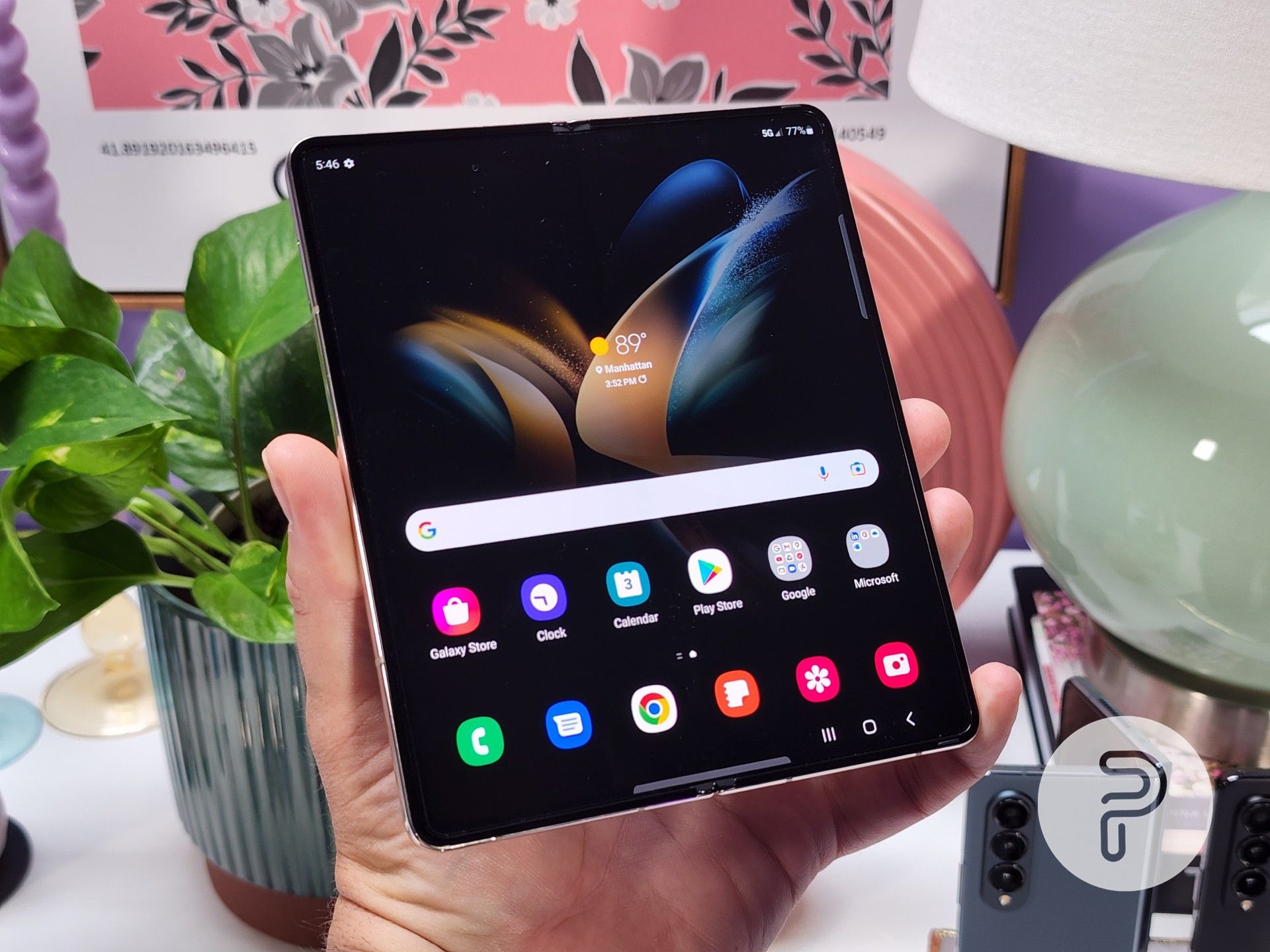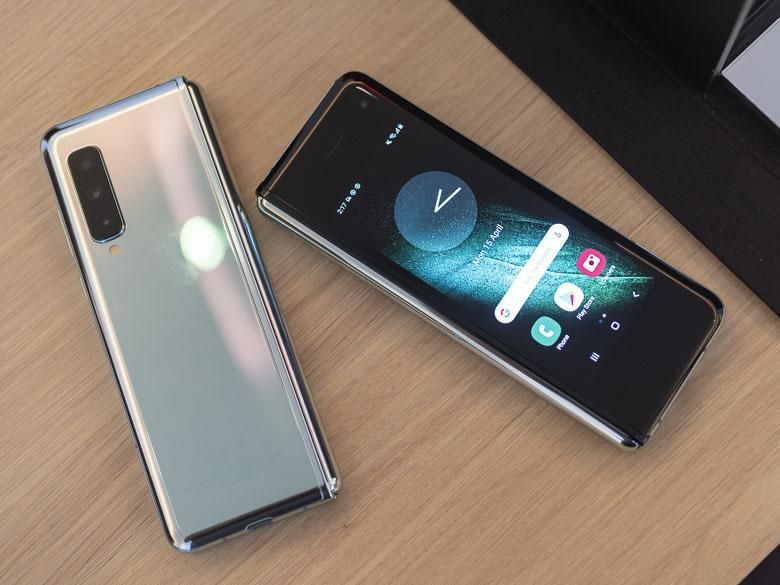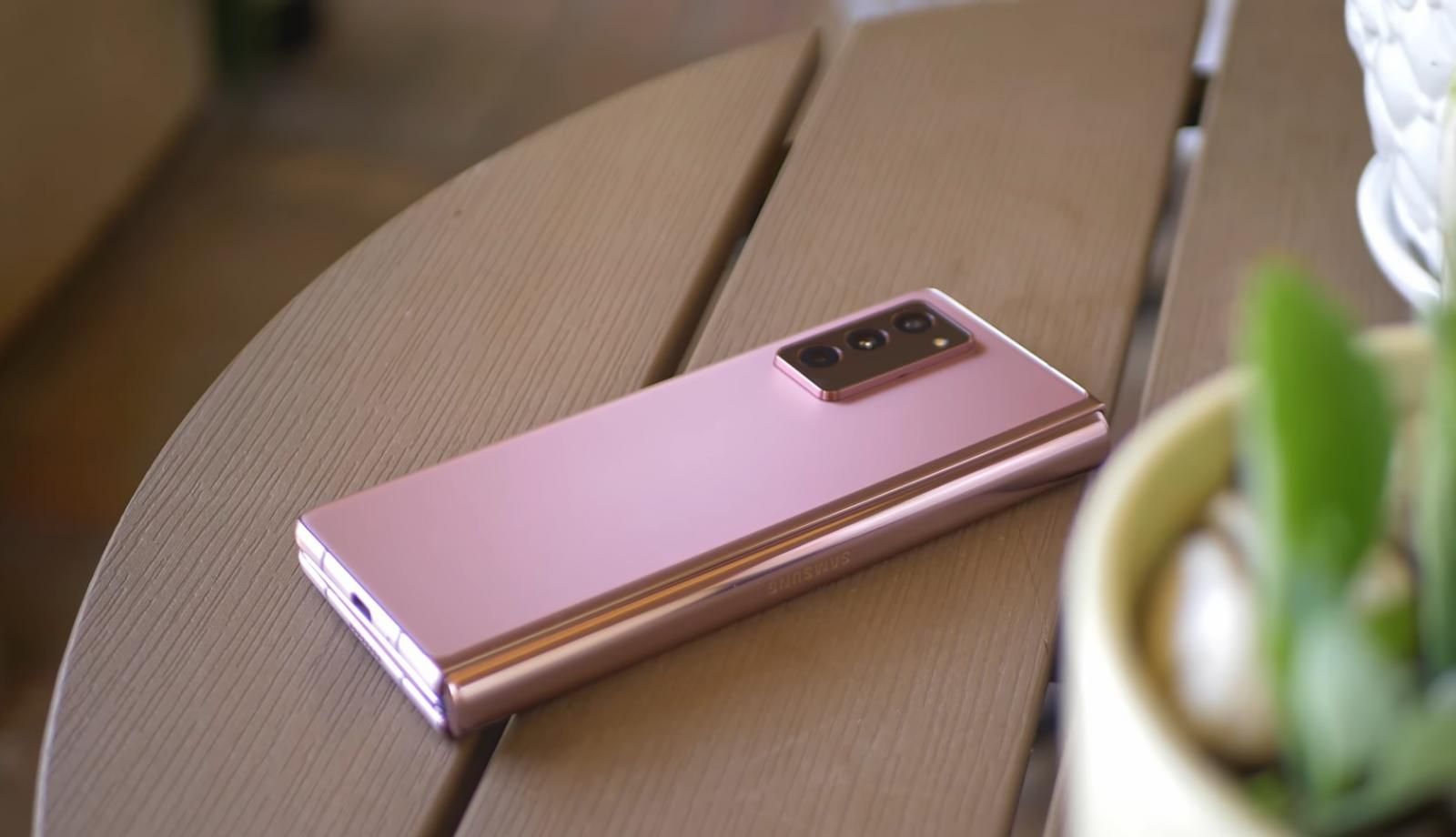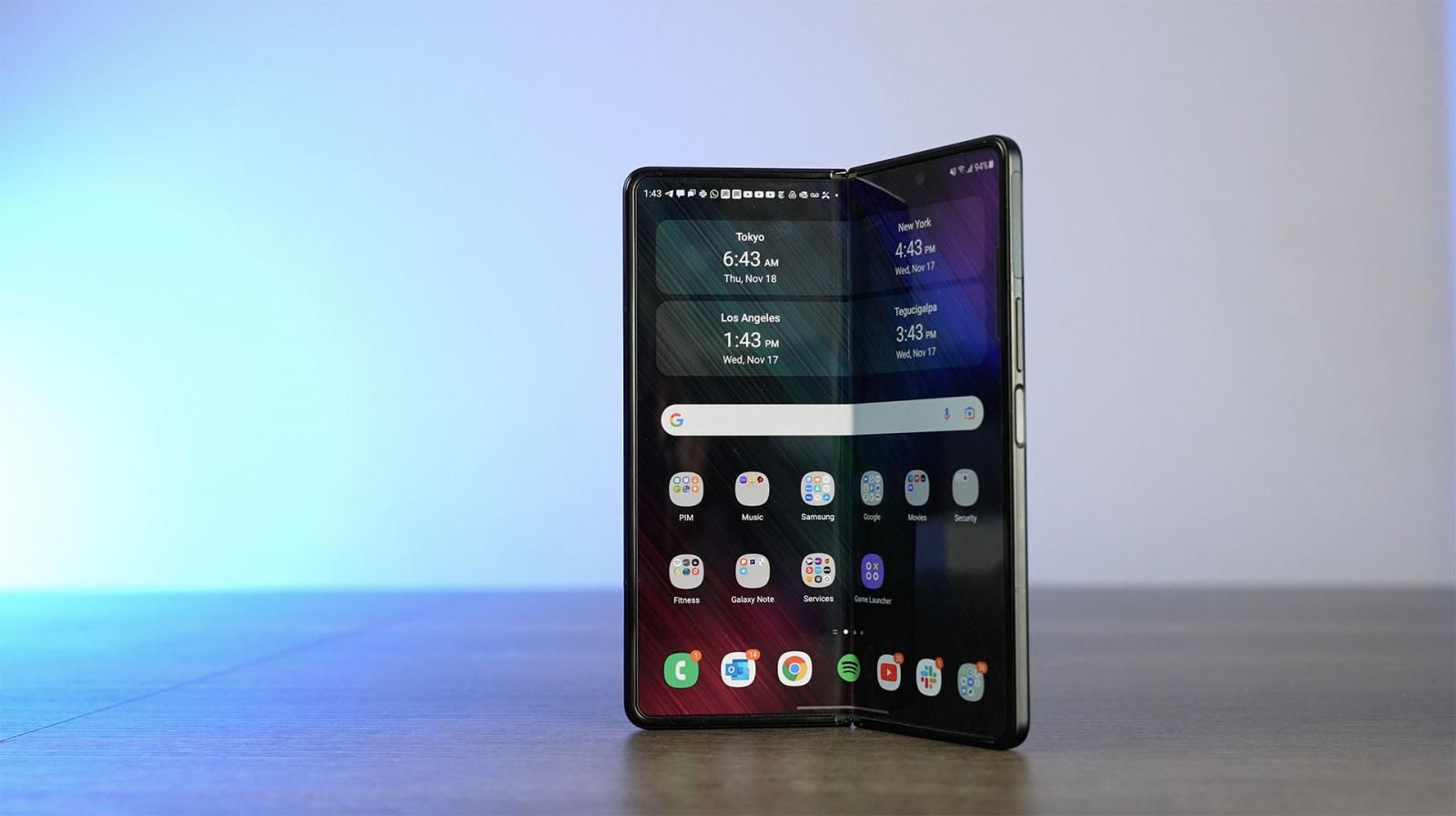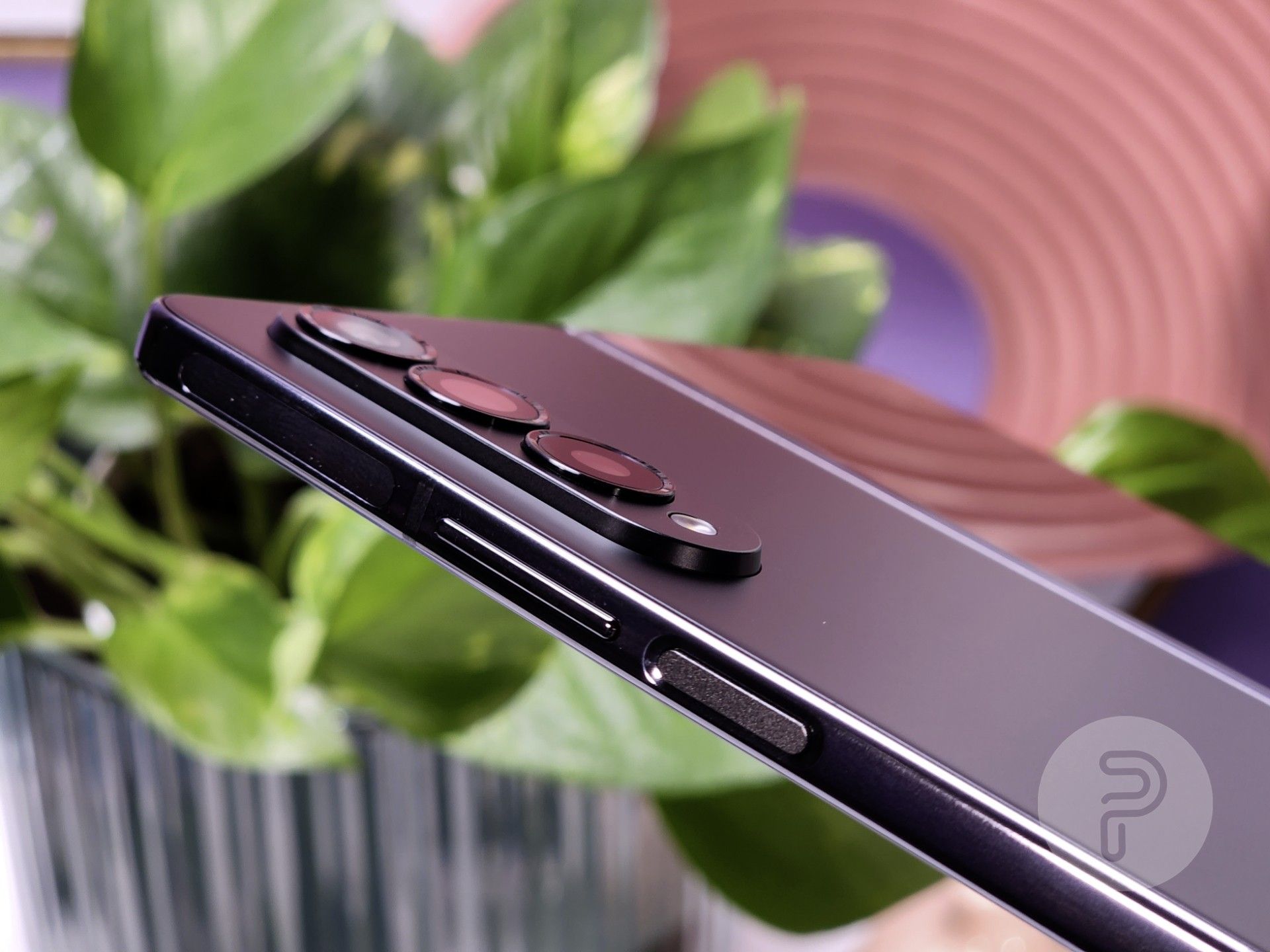The Samsung Galaxy Z Fold series has heralded the folding form factor as a solution for productivity-focused masses over the last four years. Since the first model suffered a rocky start, the OEM quickly cleaned up its act with year-on-year improvements and changes that made the folding form factor more relevant and worth considering. With the fourth generation now official, the Galaxy Z Fold has reached a point where we've seen Samsung shift its focus from making advancements to one where it can work towards making its devices even more mainstream.
Thus, in this article, we will look at the growth of this folding phone lineup to showcase its more consumer-friendly nature and see how Samsung can afford to switch off the innovation switch as there's no competition for its device.
Galaxy Z Fold: The Ill-fortuned Curtain Raiser
I titled this article section as such because the Galaxy Z Fold added nothing but skepticism when it came out in April 2019. Part of this was owed to its fall flat on its face, with review units breaking within a few days of use. What seemed like a foolproof and perfect iteration in Samsung's labs didn't last a few days in the real world. A call-back followed it, and the Fold lineup disappeared until September 2019, when it made a comeback with new additions — brushes inside its hinge portion and plastic near the point where its display folded, both to keep debris out. Even the screen protector, which felt like a gooey mess, was tucked underneath the front bezels to ensure no one pulled it off.
I look back at it and see that the original Galaxy Z Fold wasn't the most customer-friendly unit. Its generation offered nowhere near the current models' reliability, but the September iteration stuck around and kickstarted the series before Samsung had to fold the division. Pun intended.
Galaxy Z Fold 2: More than a Generational Leap
A year later, in September 2020, when Galaxy Z Fold 2 made its way to market, the successor introduced improvements that were more than what many called a generational leap and precisely in line with the customer-friendly term I used to preface this article.
The cover display was revamped, falling more in line with the hole-punch panels that were the norm. Even the internal screen ditched its massive camera array for one that was simple, understated, and gave access to more screen real estate. Effectively, with Galaxy Z Fold 2, there was more screen for consumers. The hinge on this model didn't receive any external changes, but its insides were now compatible with Flex Mode, a solution introduced with Z Flip.
Flex Mode opened up a myriad of new use cases. Users could now prop up the phone to use its cameras and capture images, like a built-in tripod, and there was also the laptop-like use case if one wanted. If I had a Z Fold 2, I'd be running Flex Mode to have my fill of Gameboy or Nintendo DS emulators when on the go.
Galaxy Z Fold 3: Reduced Cost
Source: Pocketnow
While Galaxy Z Fold 2 brought all the upgrades one might have expected a third-generation to bring, Galaxy Z Fold 3 wasn't an utterly lackluster upgrade. The third iteration got a feature many expected the Z Fold lineup to feature at one point, i.e., support for S Pen. This, alongside increased durability and a cost reduction, was the headline for Gen 3. Each of these changes falls under the customer-friendly banner, but I'd still like to point out that $1,799 is a bit much for a new phone unless you could warrant the cost or had trade-ins to reduce your investment.
This year's design only saw refinements, with the camera island being replaced by a strip and the inner screen seeing its hole-punch camera cutout replaced by an under-screen camera. Next, a change in materials — Armor Aluminum — for its frame and an improved inner display protector meant that the new phone was harder to hurt and felt much better. The device also brought over an IPX8 rating, which meant folding phones were now water resistant, and their opening, which could serve as water inlets, wasn't going to be a pain point. Samsung stated it used a long-lasting grease to coat its hinge hardware to maintain resilience.
But in 2021, the foldable competition was heating up, with Huawei and Xiaomi introducing their hardware, yet Samsung consistently reported that its devices were selling more units than ever. And one key factor played a role here, and that's availability.
Galaxy Z Fold 4: Refinements
Samsung Galaxy Z Fold 4
Source: Pocketnow
And with that, we come to the Galaxy Z Fold 4, which reimagines the hinge after three iterations making it slimmer yet more durable. Even the display with this generation improved; all of these changes have taken place while Samsung persists in making the phone lighter.
The flagship device improves on the performance front by introducing the latest Snapdragon 8 Plus Gen 1 and betters charging speeds to help the device top up quicker. The display has been made stouter and less tall, changes which will couple into the phone being easier to hold and use. For those who have had a penchant for a better camera, well, the Z Fold 4 introduces some improvements on that end! The optics align with the current generation hardware as it shares its primary sensor with the S22 Plus. It isn't the best of what Samsung has, but the change is bound to improve the results one can get from the phone.
To sum it up, Z Fold 4 has a new hinge, a new aspect ratio, a new camera, reduced weight, a new panel design, and the standard changelog of revamped internals. There's a lot of new, isn't there? And thus, for $1,799, the Z Fold 4 continues to improve the value the foldable adds for the right customer.
But before we try to see where the competition for Samsung is, let's take a bit of a diversion and discuss the new hinge that's primarily behind many of the design changes on Galaxy Z Fold 4. Until now, the mechanism behind the hinge action depended on a bunch of tiny gears worked into a network that allowed the claimed 200,000 folds. And if you've had any insight into their functioning, well, gears need to be connected directly to each other or have bearings to translate motion; this means the amount of space occupied can be immense based on the design.
To effect a meaningful change, Samsung switched to a new linear system whose movement translates into a rotational motion that allows the screen to open and fold. It doesn't allow the screen to fold flat yet, but it is still a marvel. And Samsung states the new design doesn't affect durability. If you want to see how the new motion takes place, we recommend watching Samsung's Galaxy Unpacked replay.
Where's the competition for Samsung Galaxy Z Fold 4?
But even with this list of changes, the Z Fold 4 isn't one for one to the elegance that some of its rival OEMs present in their devices, so why do I say the device has no real competition?
Well, that statement is owed entirely to its availability across the globe and the software refinements Samsung has been able to introduce year after year. The Korean OEM has by far the biggest pool of users who have been working with foldables, and the newly added Taskbar is one such feature that shows the device's software is growing over time. The use of Android 12L for its backbone is also worth nothing.
Devices that can be considered meaningful competition like the Oppo Find N, Huawei's Mate X2s, and the newly launched Xiaomi Mi Mix 2 Fold, which Pocketnow's Roland Udvarlaki considers an option are all limited to China. There are reports on Oppo's devices making it to global shores, and we can't wait to see them, but until then, Samsung continues leading the pack.
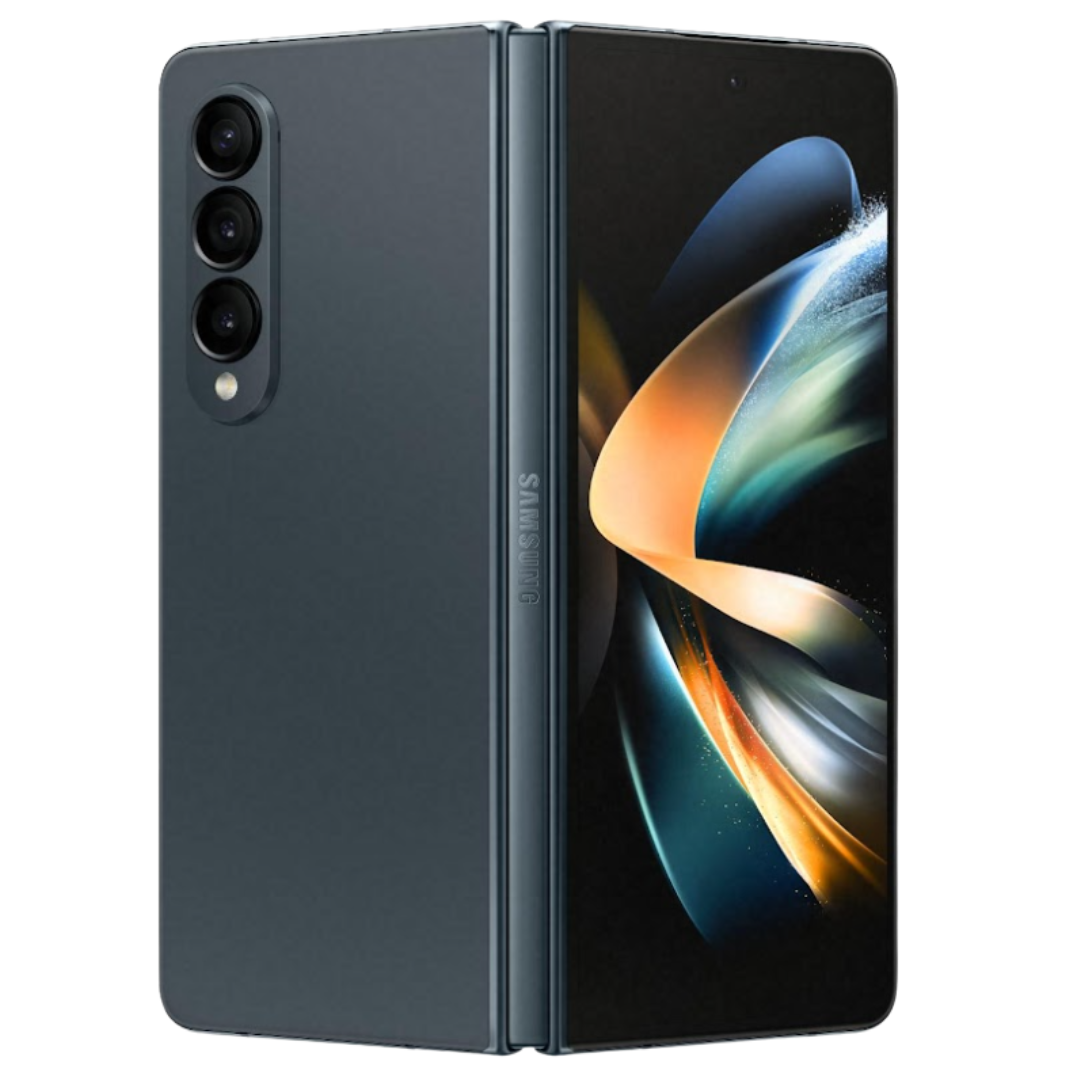
Samsung Galaxy Z Fold 4
The latest Samsung Galaxy Z Fold 4 comes with the most powerful Qualcomm SoC, a wider display, a better hinge mechanism, and many significant upgrades over its predecessor. You can pre-order it and receive the Standing Cover with S Pen, up to $1,000 off with eligible trade-in, and up to $100 Samsung Credit.
What are your thoughts on the Galaxy Z Fold 4? Have you used a foldable and are considering upgrading to the new generation, or will you stick to slab phones for a bit longer? Let us know with a comment below.

